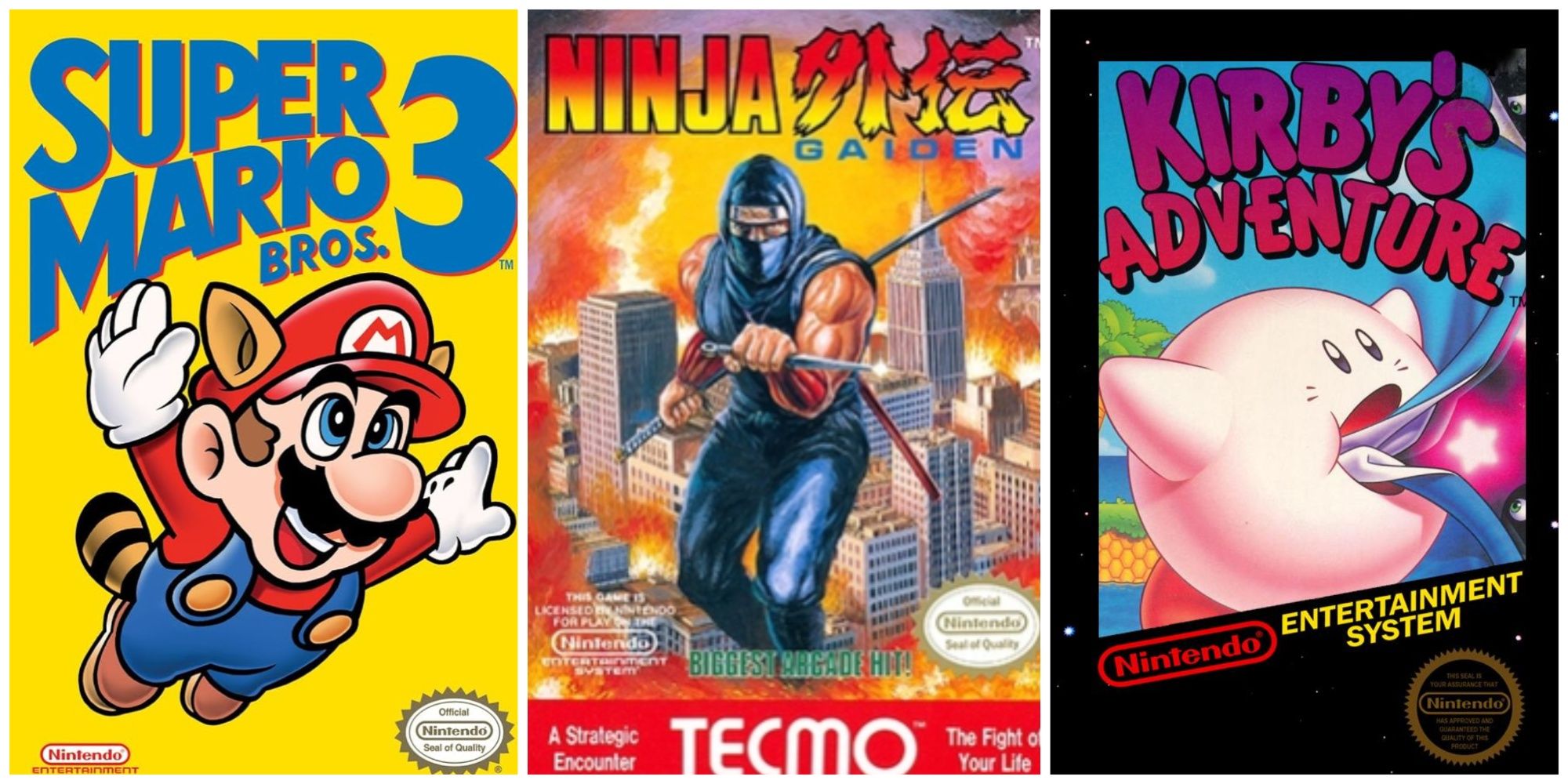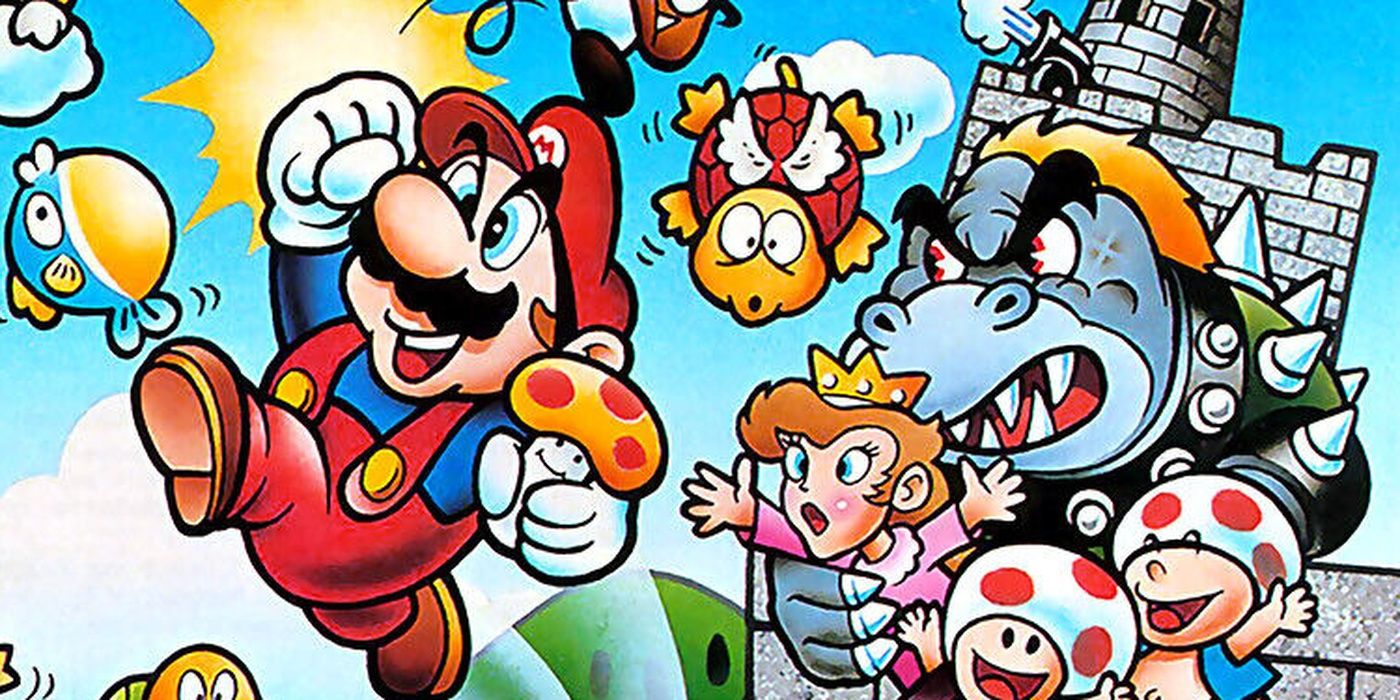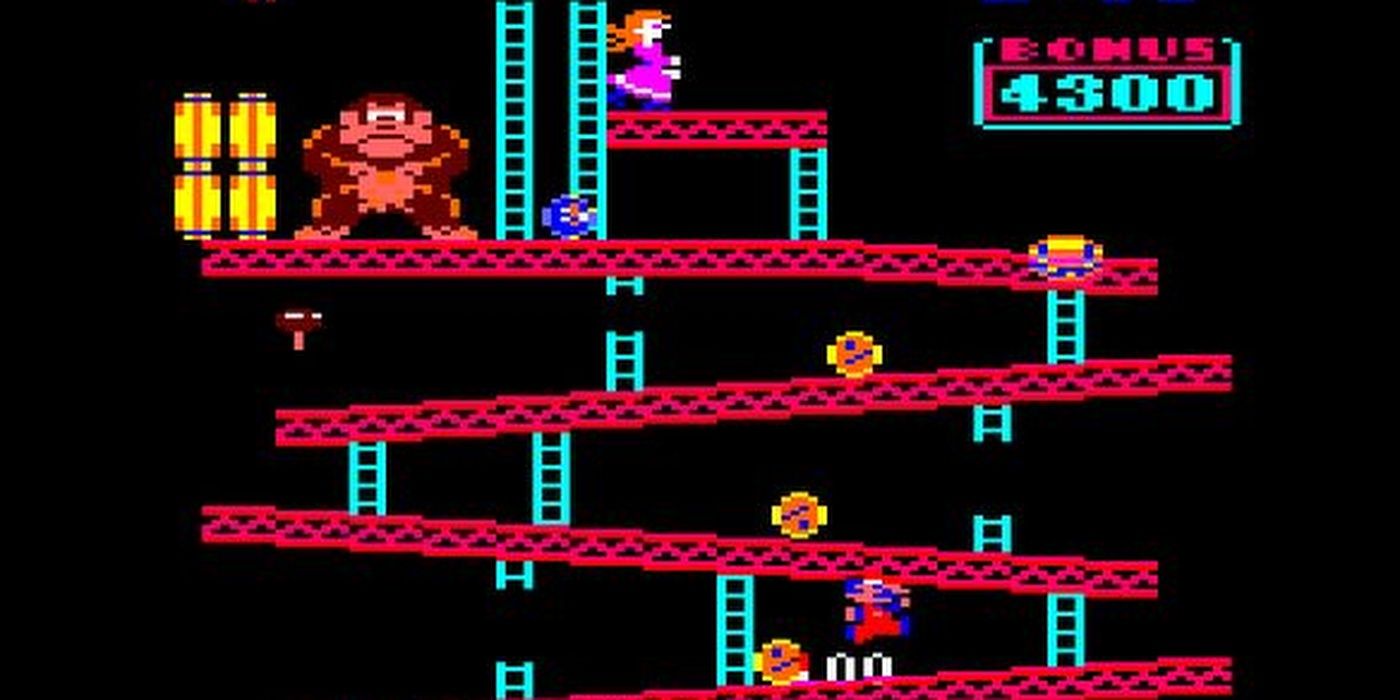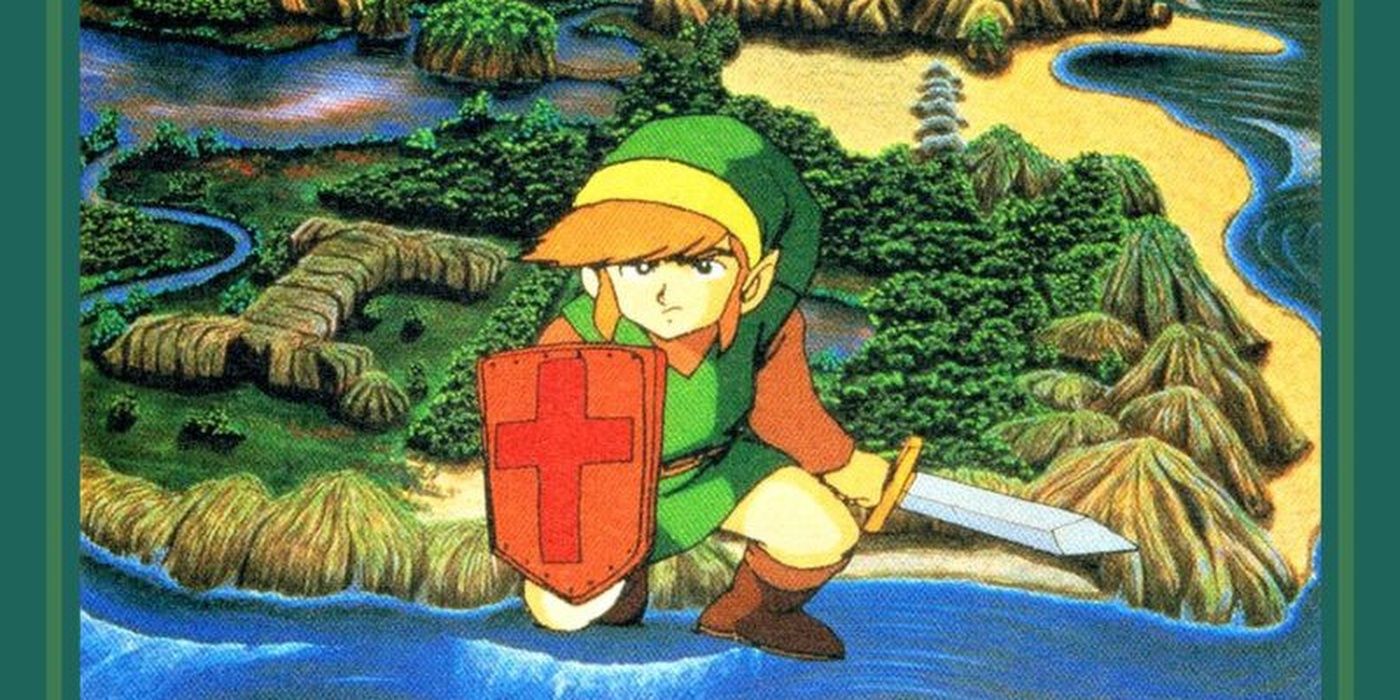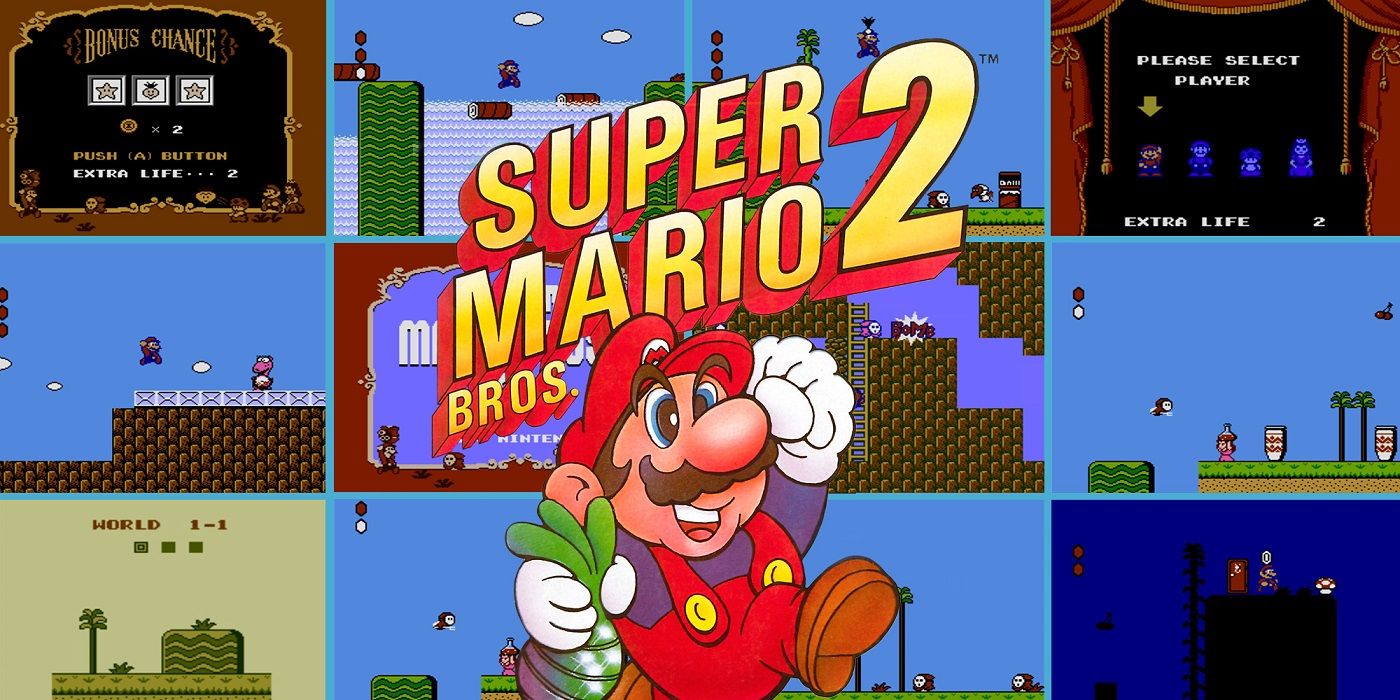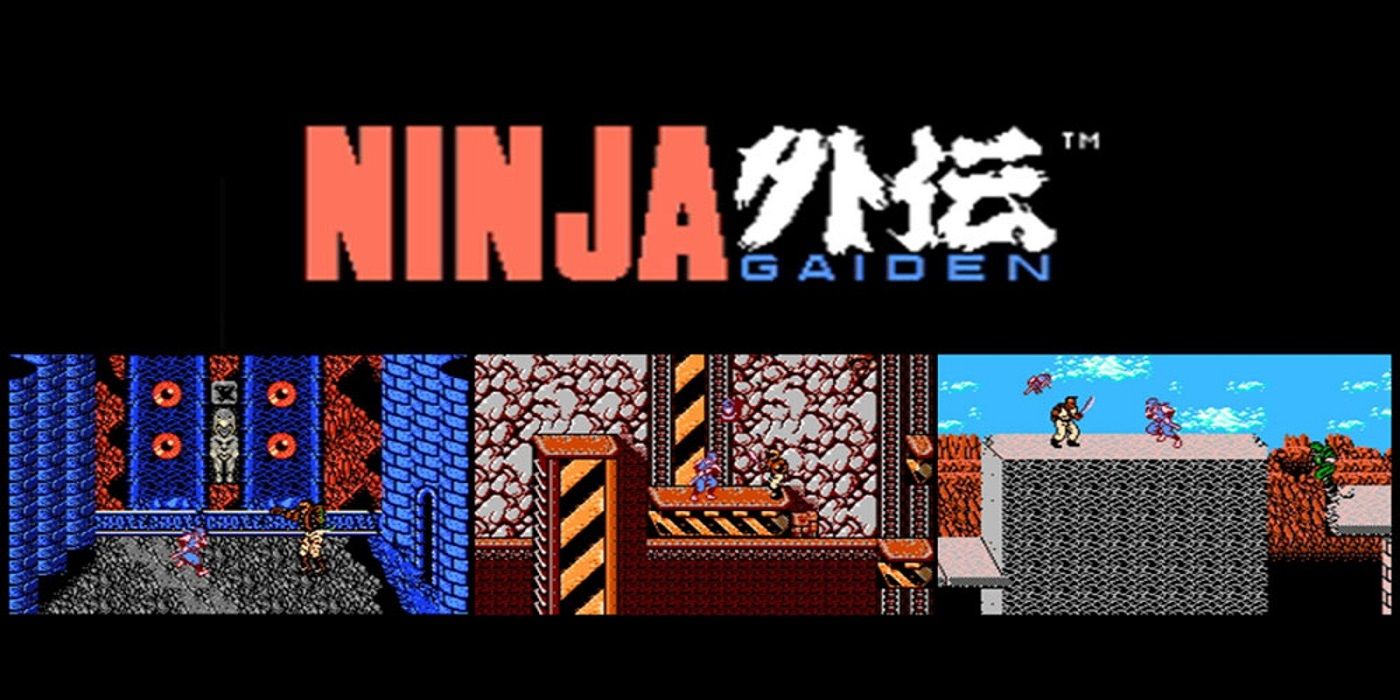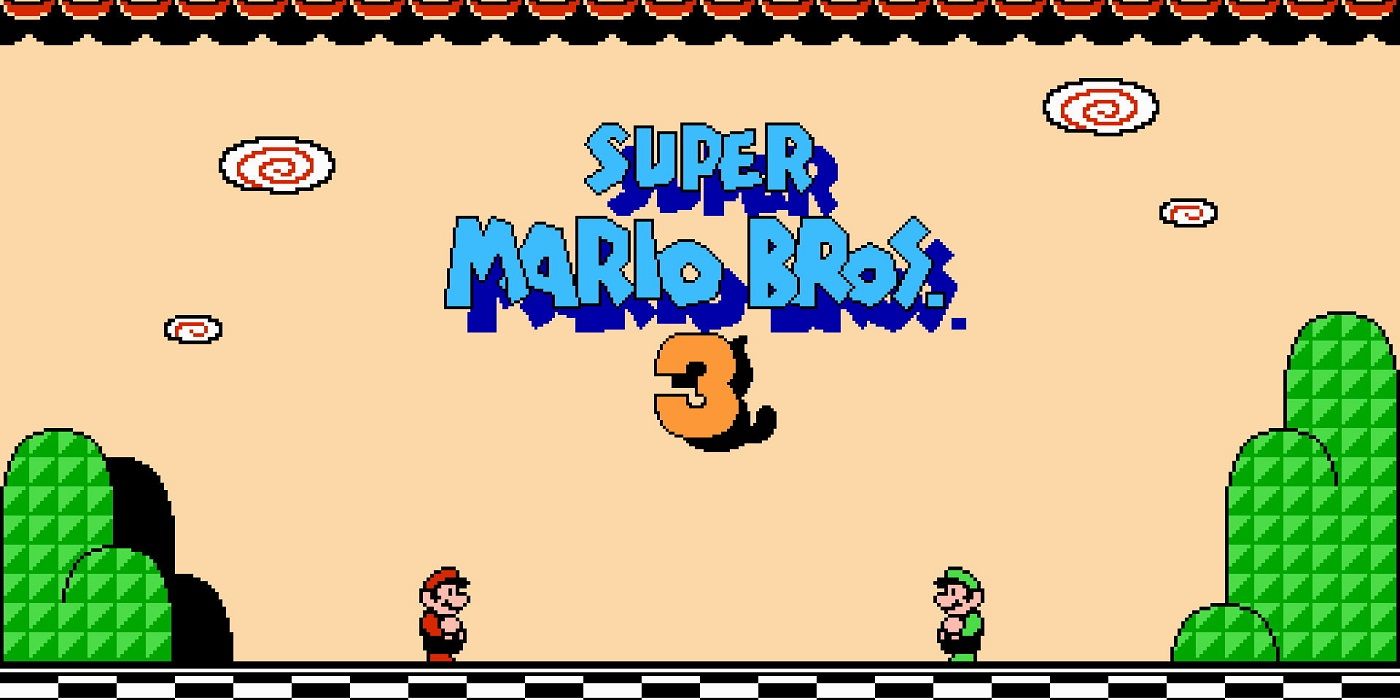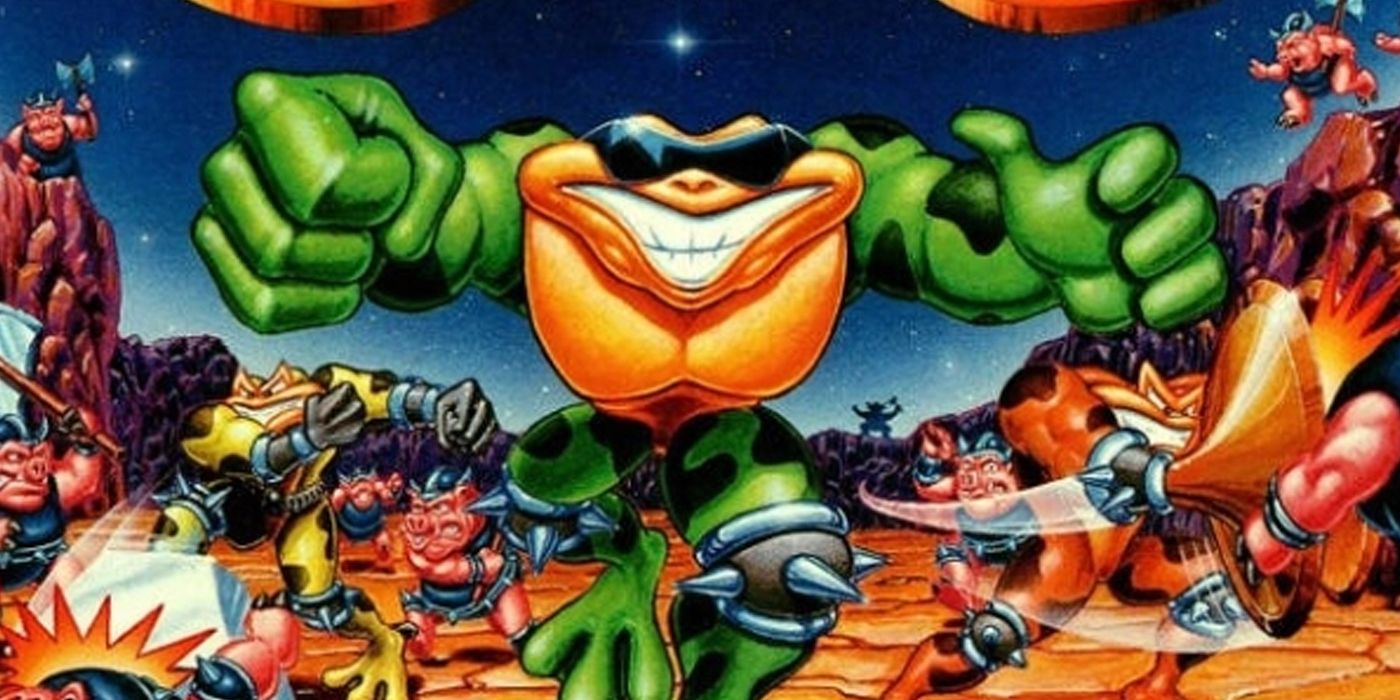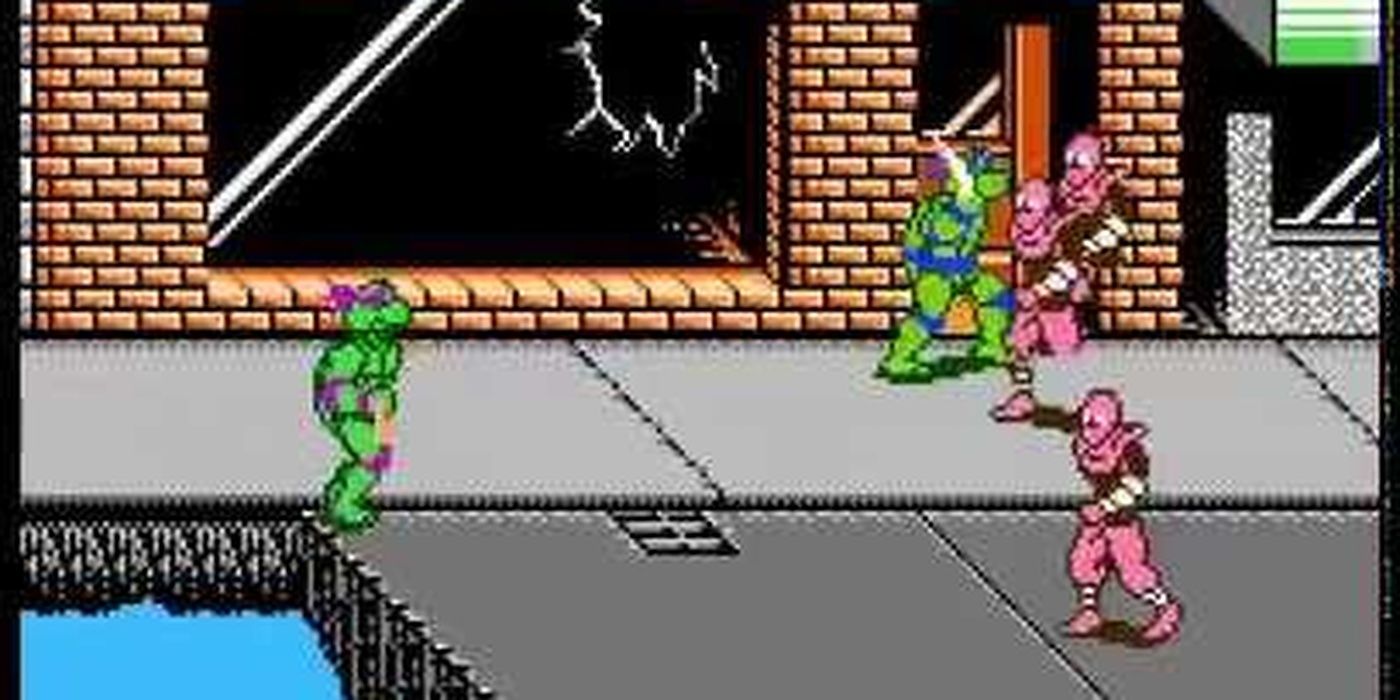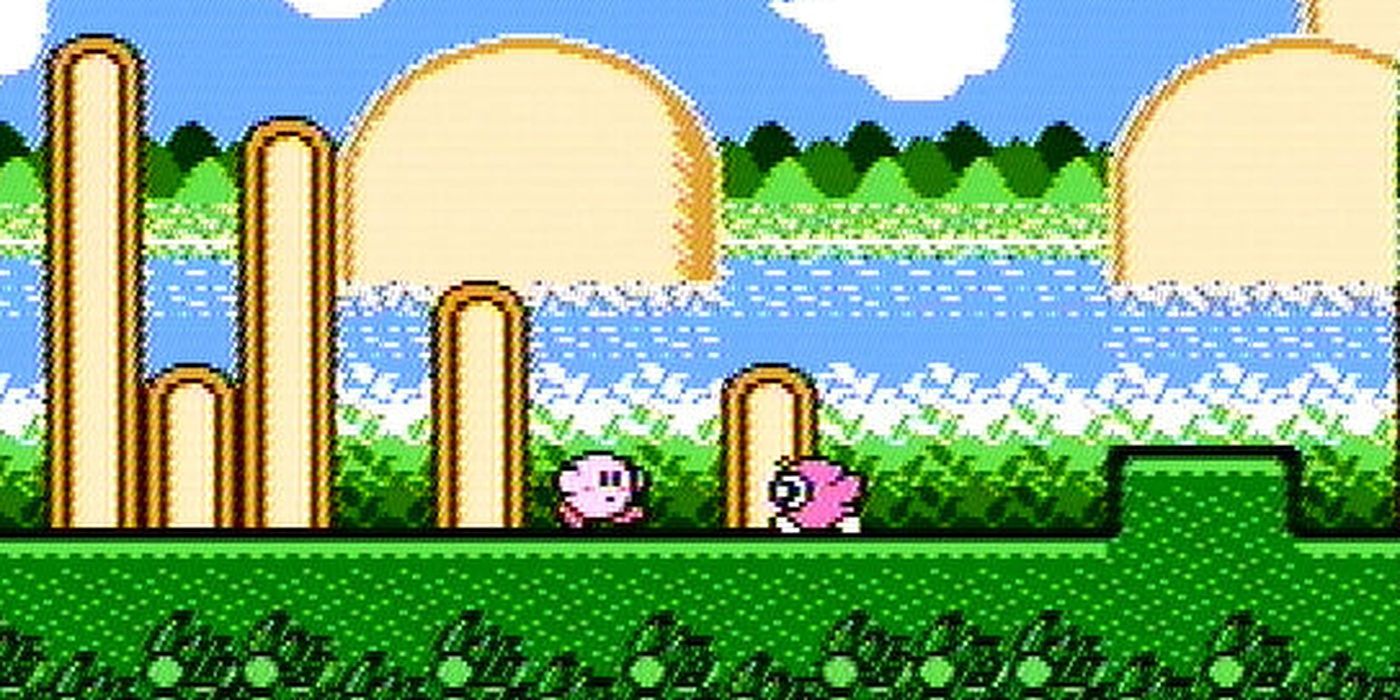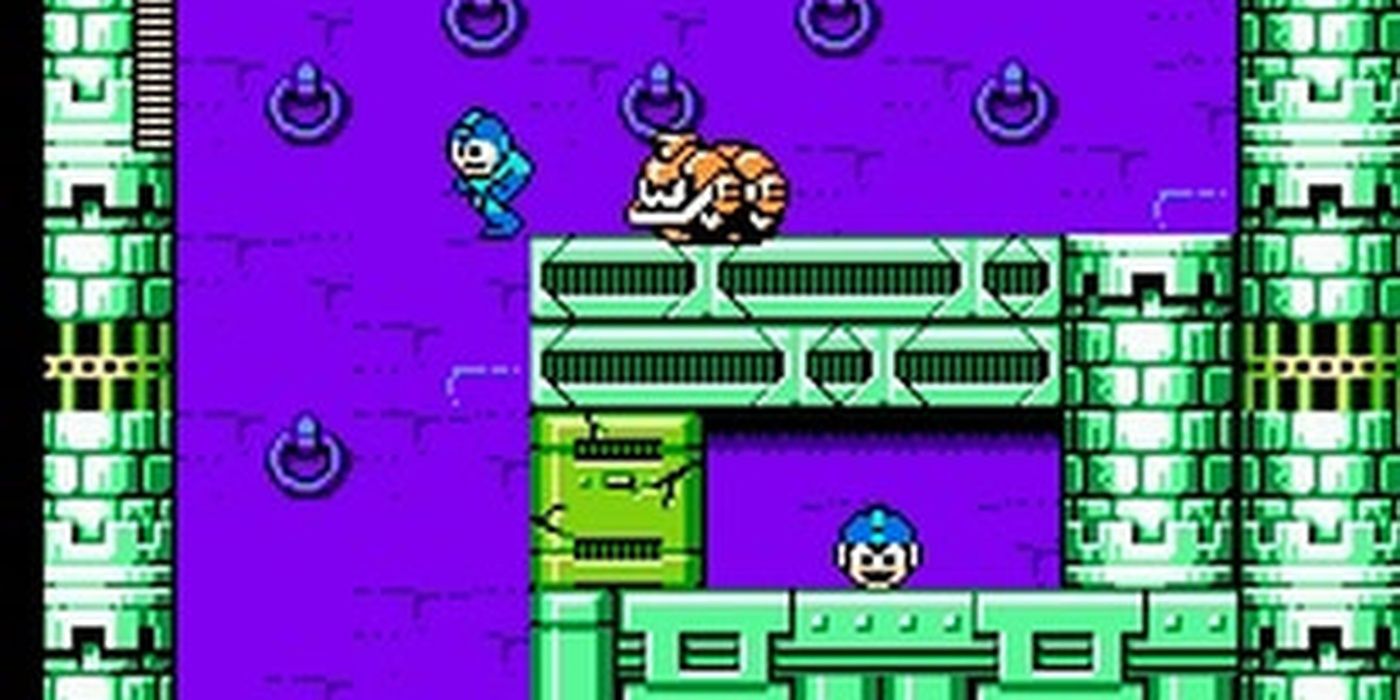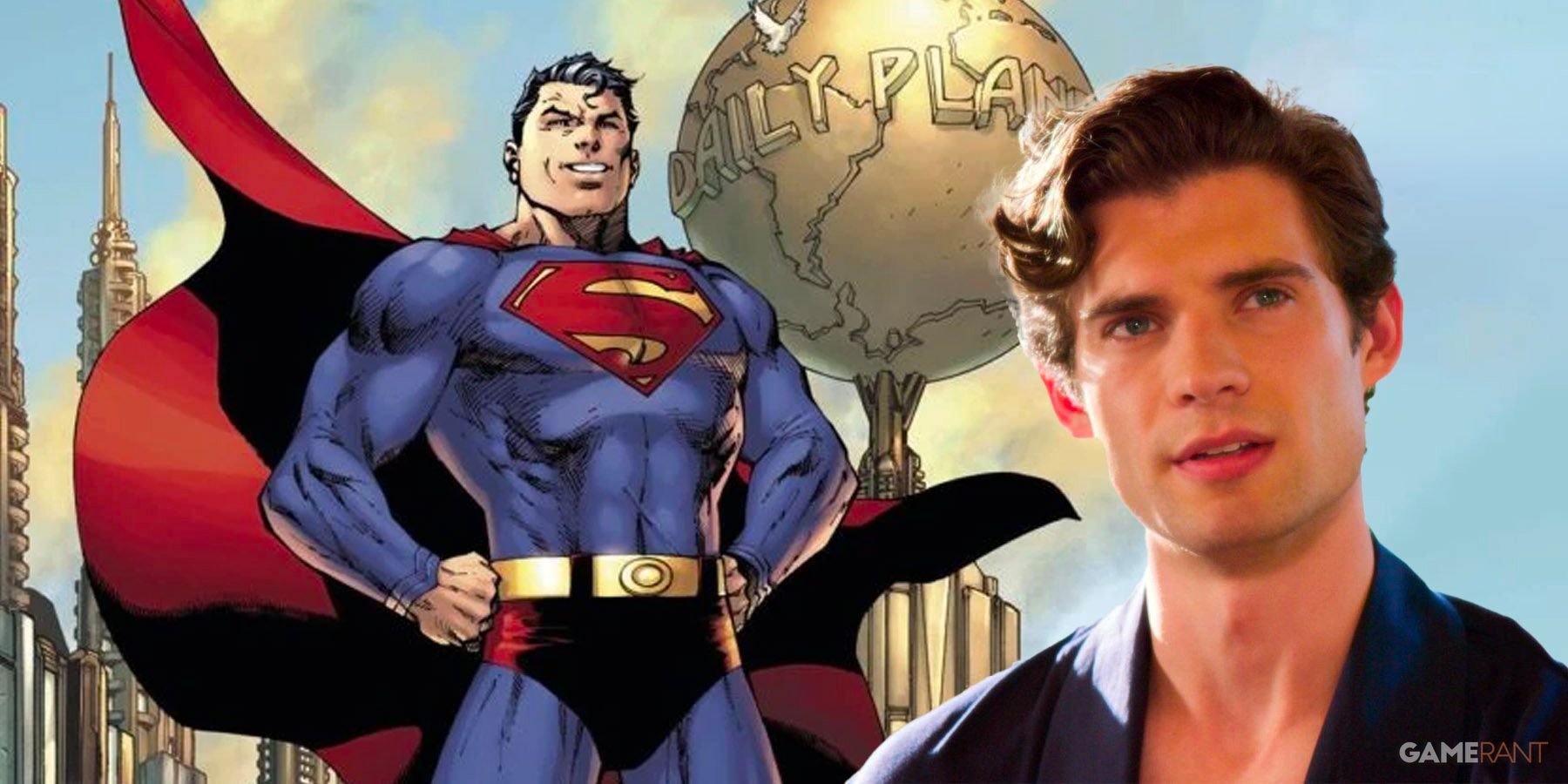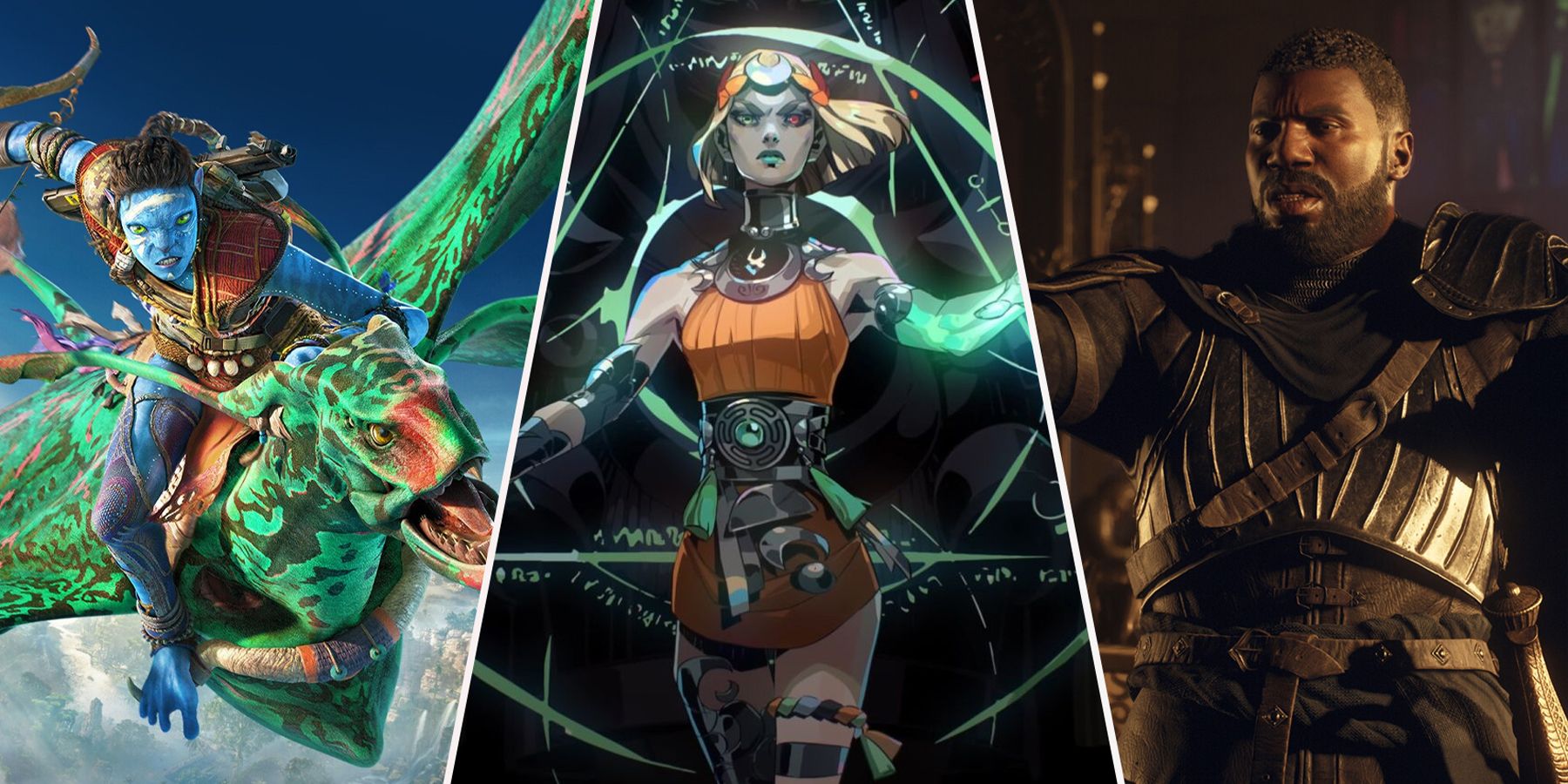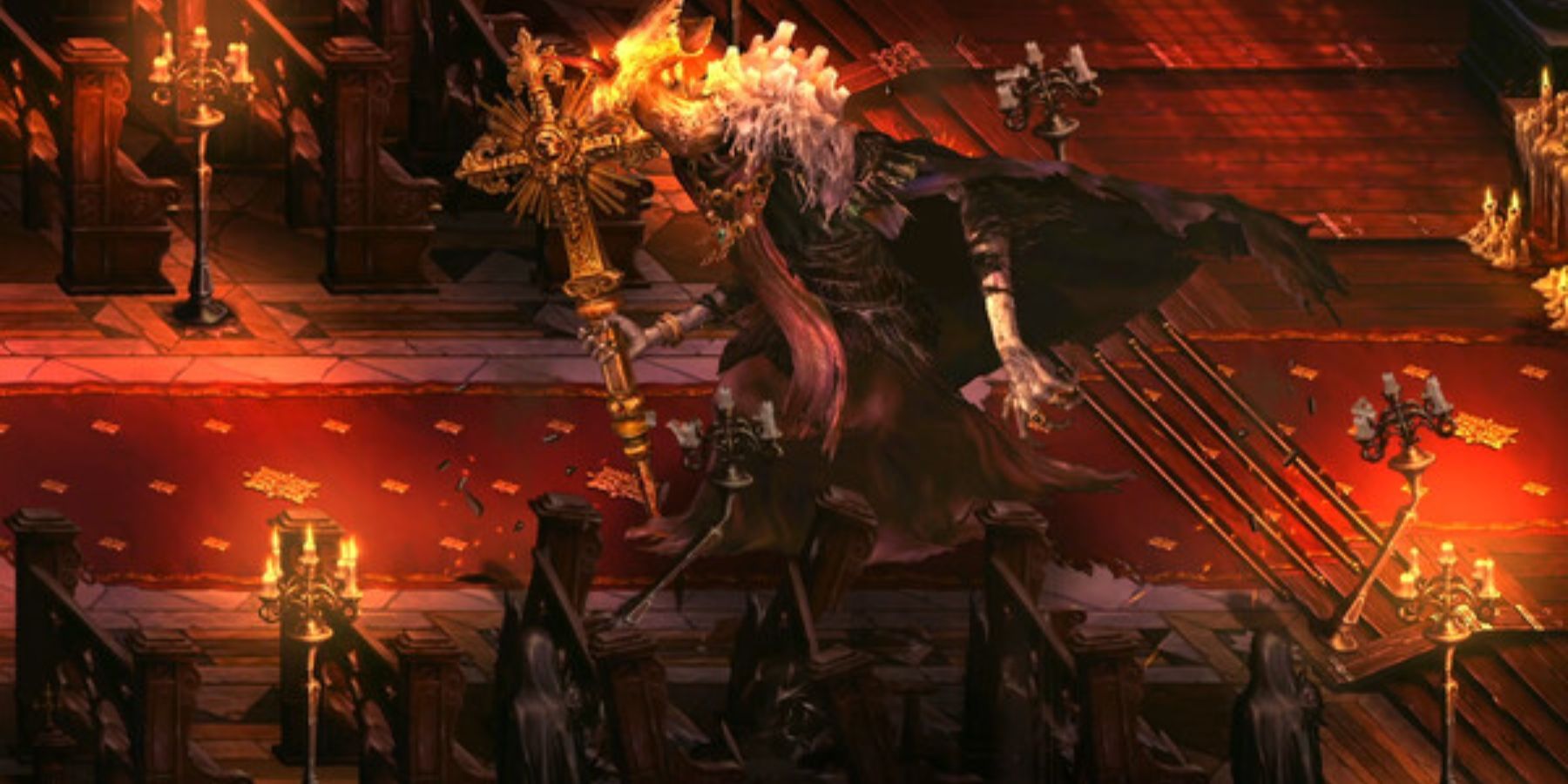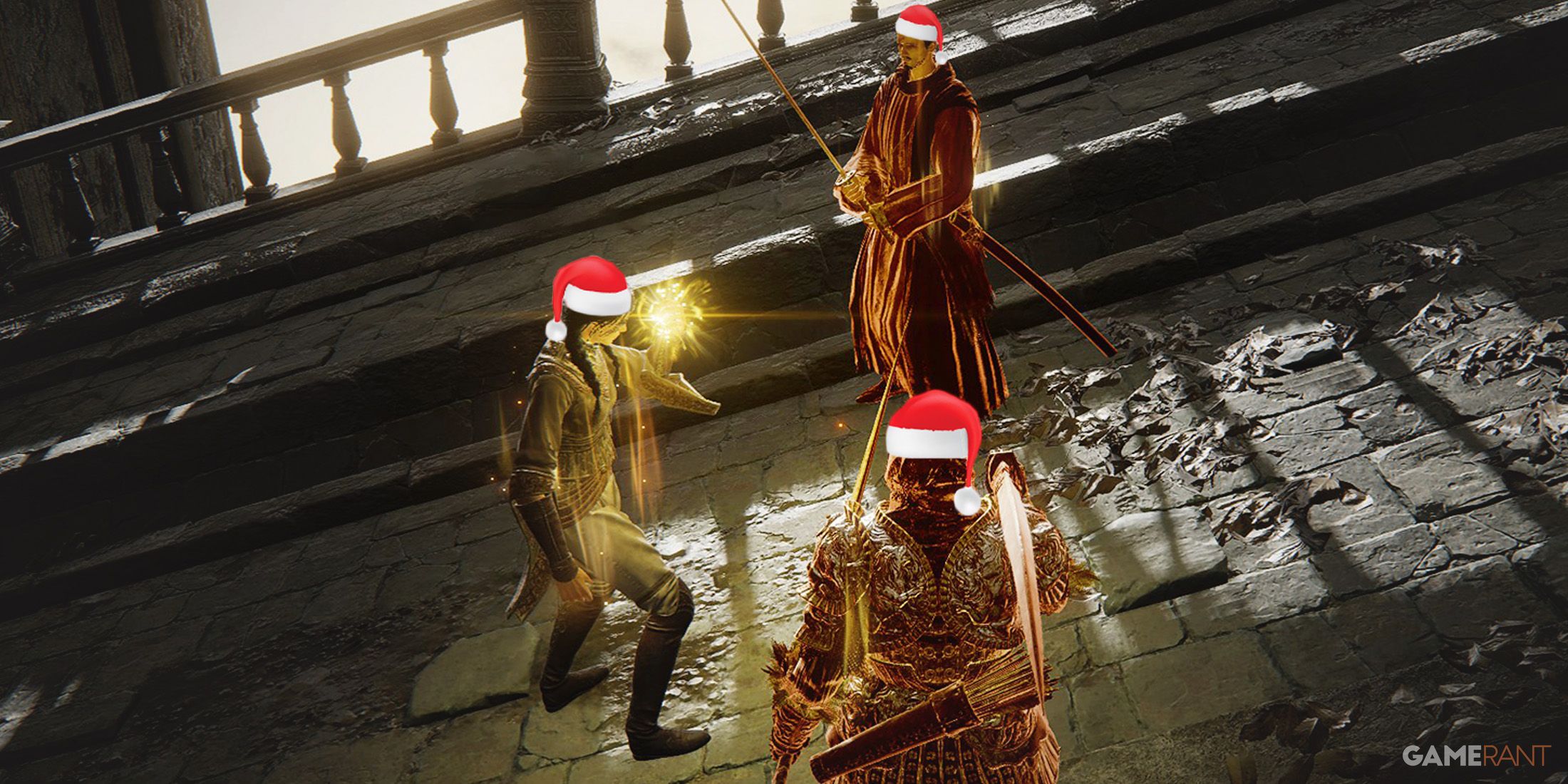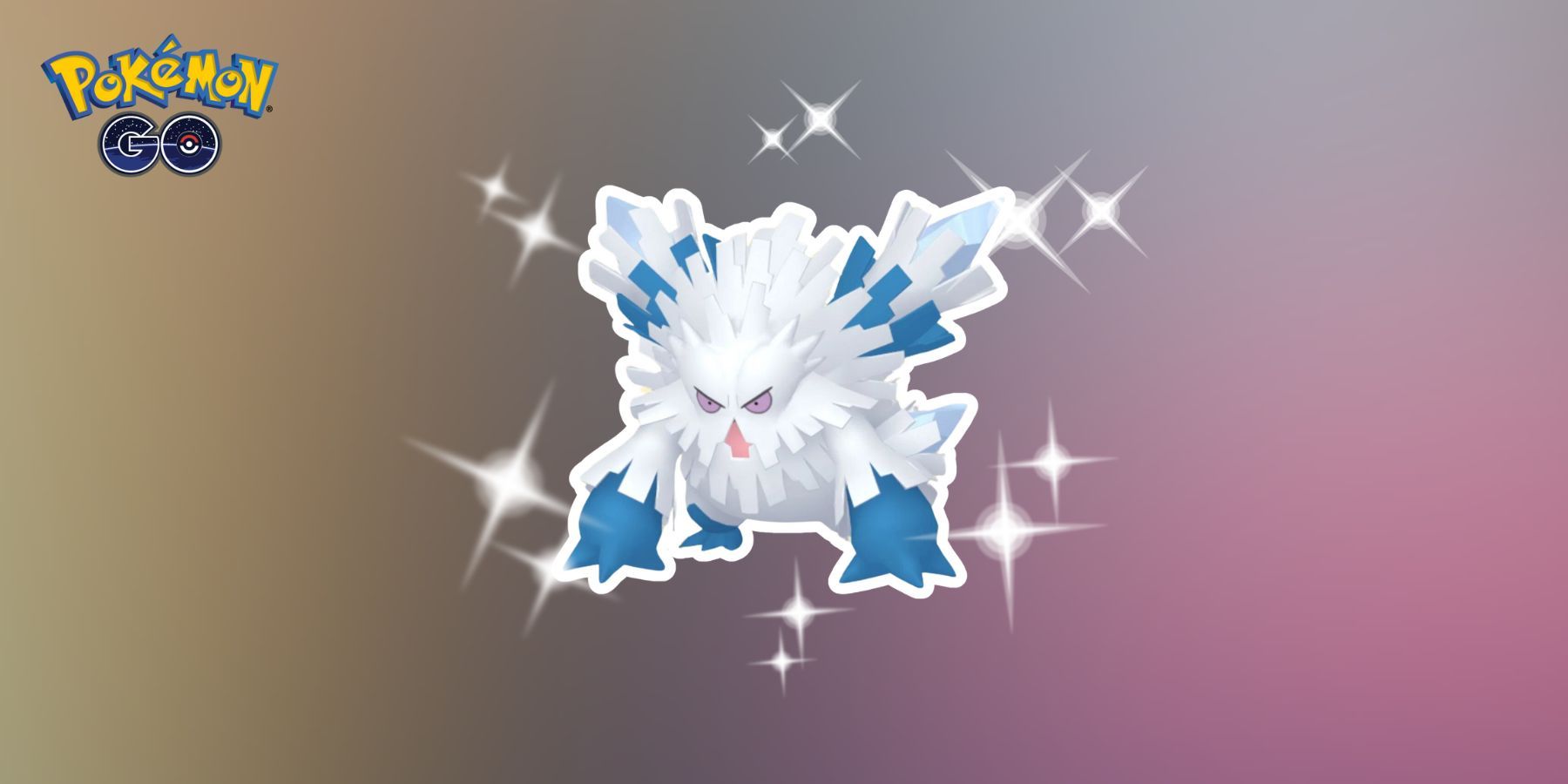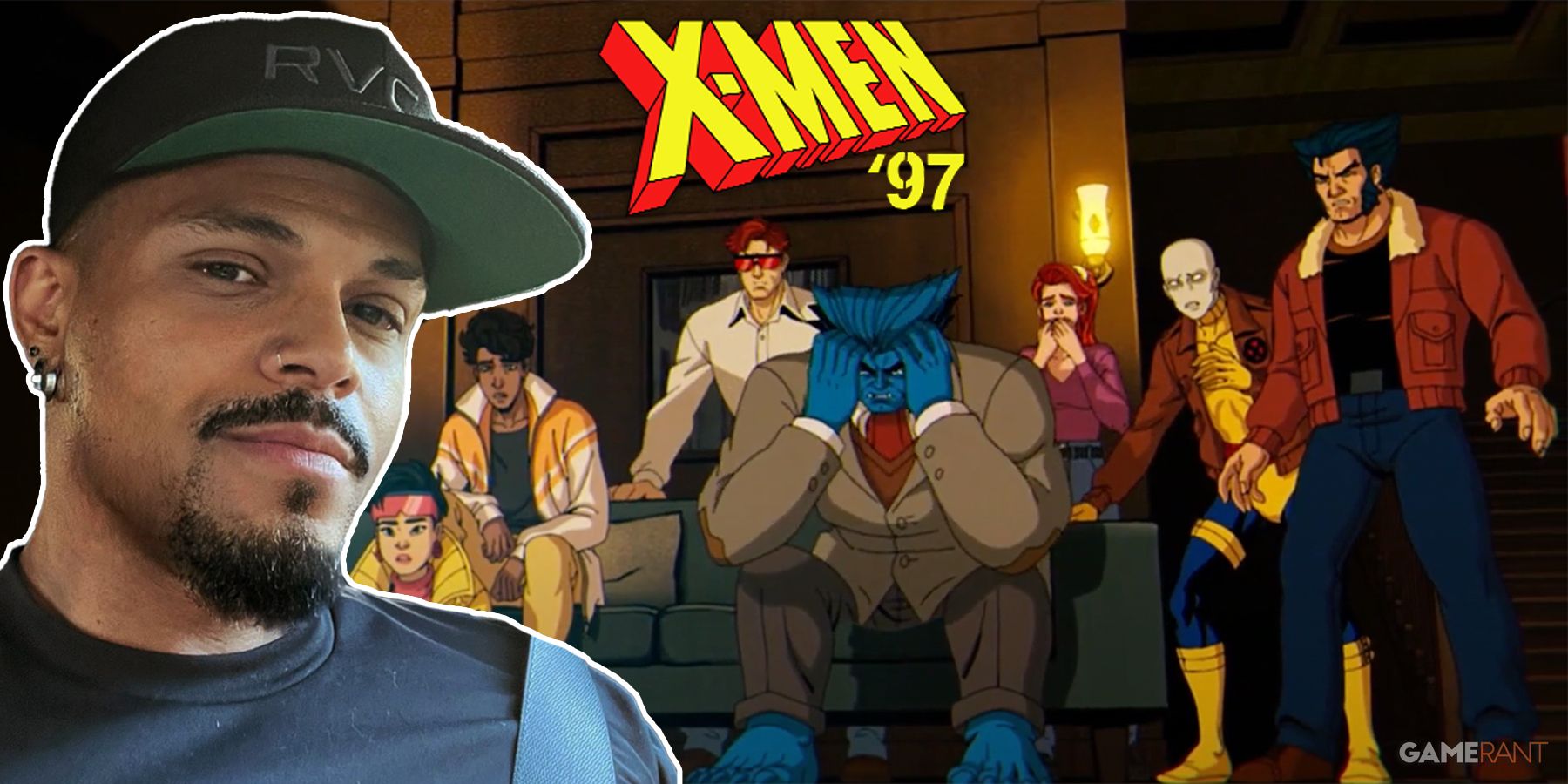Highlights
- Nintendo saved the video game industry with the NES, introducing iconic franchises like Super Mario Bros and Legend of Zelda.
- Super Mario Bros 3 pushed the NES to its limit, showcasing the full potential of 8-bit technology and design.
- The NES was home to classics like Ninja Gaiden and Kirby’s Adventure, proving the console’s lasting impact on gaming history.
With the home video game console market being as omnipresent as it is today, it is almost unfathomable to imagine a time when there was such a possibility it would not exist at all. That is precisely, however, the crossroads the industry was facing in North America after the arcade crash of 1983, which put the future of video games as a viable medium in jeopardy. To imply that Nintendo singlehandedly saved the video game business that is beloved today is an understatement.
10 Interesting Facts About The NES’ Development
Essentially the definitive classic of classic consoles, there are lots of obscure and interesting facts behind the Nintendo Entertainment System.
Though the Nintendo Famicom (short for ‘Family Computer’) system debuted in Japan in 1983, it was not until 1985 that North American gamers got to experience a redesigned version of Nintendo’s revolutionary foray into home gaming. Boasting an impressive lifespan that stretched from 1985 to 1994, the Nintendo Entertainment System (NES) was the birthplace of many landmark gaming franchises. Out of the 700+ games released on the console, many of these still stand the test of time through their 8-bit artistic vision, enduring gameplay mechanics, and impactful influence.
1985: Super Mario Bros
Console Gaming’s Savior
Super Mario Bros.
- Developer(s)
- Nintendo R&D4
- Genre(s)
- Platformer
- NES [North American] Release: October 1985
The game that cemented the NES upon its American arrival was a pack-in title, one which would go on to become synonymous with video games. The original Super Mario Bros. proved the value of having a home video game console again, and its simple yet addictive approach ensured that it could cater to the entire family. The success of Super Mario Bros. also affirmed that iconic developer Shigeru Miyamoto would be a name to be associated with high quality and innovation.
Even to this day, playing through the original Super Mario Bros. stands the test of time, and still proves to be amazingly fun. It is no surprise that the core mechanics have endured for decades, whether it be jumping on Goombas or Koopa shells to eating mushrooms or throwing fireballs from a flower power-up. The precision control, signature art, and whimsical music have lasted generations that dates back all the way to the original. Wahoo!
1986: Donkey Kong
Miyamoto’s First Hit
Donkey Kong
- Developer(s)
- Nintendo R&D1 , Ikegami Tsushinki
- NES [North American] Release: June 1986
Before Mario officially got his name in Super Mario Bros., he would have been seen by North American gamers through the arcade game Donkey Kong in 1981, where the player would take control of a character simply known originally as ‘Jump Man’. The goal was simple: to rescue the damsel in distress kidnapped by a giant gorilla beast named Donkey Kong while traversing through various obstacles on each stage. This was the game that truly put Shigeru Miyamoto on the industry map with the initial arcade release.
An arcade port brought forward to the NES, gamers could finally have that addictive arcade experience right on their own television, with the same superb quality. While Donkey Kong eventually turned away from his villainy and became a star in his own right in future titles, the original Donkey Kong concept once again proved that a core gameplay mechanical loop was the key to sustaining interest from an audience.
1987: Legend Of Zelda
Birth Of The Wild
The Legend of Zelda
- Developer(s)
- Nintendo EAD
- Genre(s)
- Action-Adventure
- NES [North American] Release: August 1987
While the concept of an open-world game today can be seen in many mainstream releases, back at the time of release of the original Legend of Zelda, it was a truly novel idea. The prospect of the player having full access to a world to explore, using any tools discovered through the journey at their disposal, laid the foundation for the Zelda formula. This action adventure became another flagship franchise for Nintendo, and whether now in 2D or 3D, many elements of the original can be seen in the DNA of modern action RPGs.
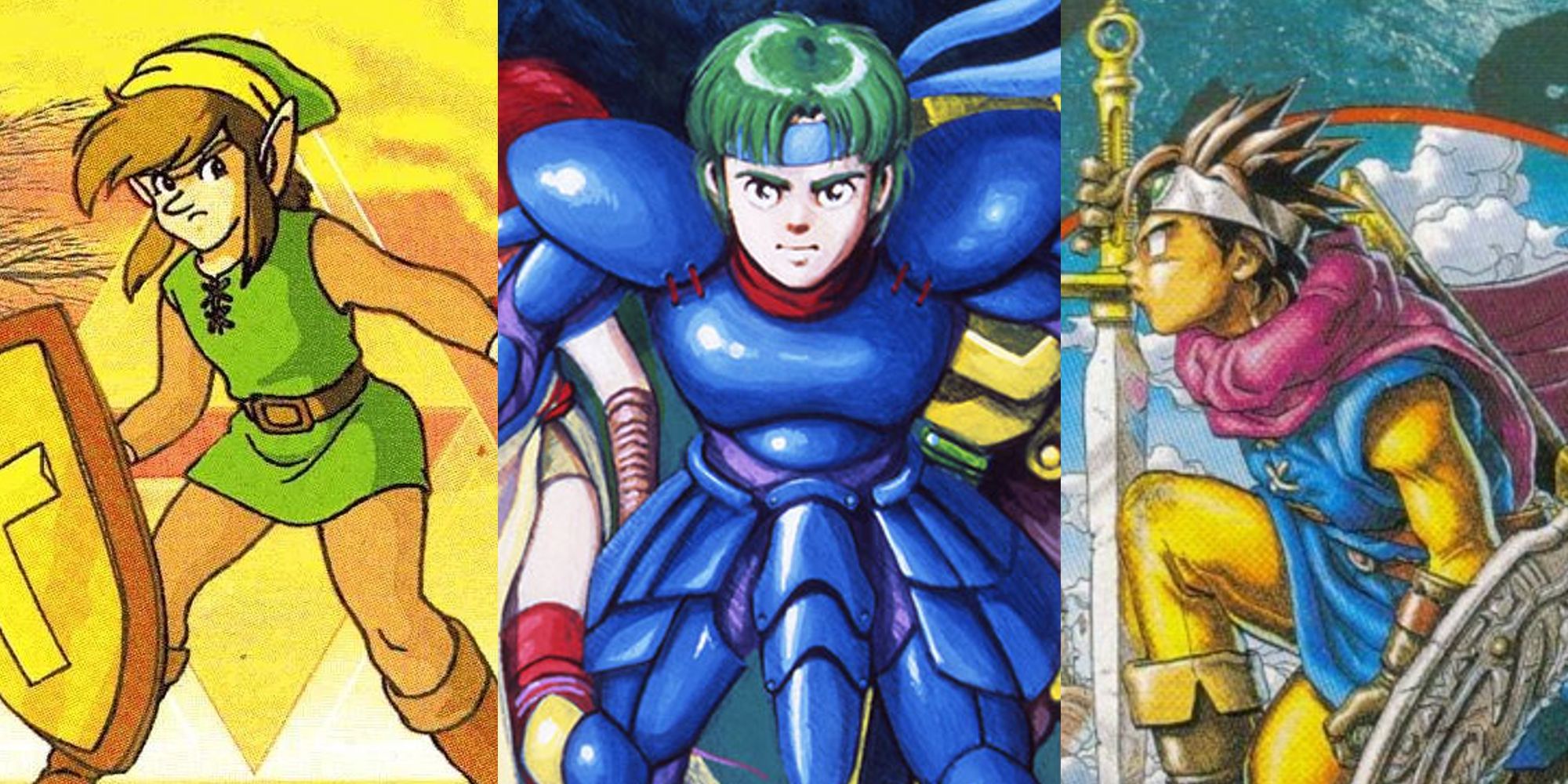
8 Best NES RPGs, Ranked
The Nintendo Entertainment System is an absolute classic console, and here are some of the best RPGs created for the system.
Much like Super Mario Bros., the Legend of Zelda also introduced an immediately recognizable main character which the player could take joy in controlling. Whether battling through the overworld as Link or solving puzzles in various dungeons, the success of Legend of Zelda can be attributed to the amount of depth the game had for its era.
1988: Super Mario Bros 2
Infamous Iconic Sequel
Super Mario Bros. 2
- Developer(s)
- Nintendo EAD
- Genre(s)
- Platformer
- NES [North American] Release: September 1988
Though not the Super Mario 2 release that Japan had received, Super Mario Bros. 2 in time has also come to prove its merit. Due to the perceived difficulty of Japan’s Super Mario 2 (later ported to North America as The Lost Levels) potentially deterring American gamers, the SuperMario Bros. skin was applied to a game known in Japan as Doki Doki Panic.
Very much a different approach to the classic Super Mario Bros. formula as most would identify, Super Mario Bros. 2 still introduced many mechanics which had their own value. From the option to choose between a set of characters, each having their own variation of ability attributes, and plucking vegetables from the ground to hurl at enemies, there was a lot of fun to be had in this unique Super Mario title. The game even eventually got ported to Japan as Super Mario USA, proving that it was not a simple throwaway for gamers not in Nintendo’s homeland.
1989: Ninja Gaiden
The Coolest Ninja
Ninja Gaiden
- Developer(s)
- Tecmo , Hudson Soft
- NES [North American] Release: March 1989
Team Ninja may have revitalized the dormant franchise back in 2004 with its reboot of Ninja Gaiden, but the success of Tomonobu Itagaki’s reimagining in no way takes away from the superb value and quality of the original. Developed by Tecmo, the first of what became a trilogy on the NES was a challenging yet approachable side-scrolling action beat ‘em up.
Controlling Ryu Hayabusa, players got the chance to live out the fantasy of being a ninja, which in itself lends well to laying the groundwork for a great game. The art style still pops today for an 8-bit title, and the crisp audio creates an ambiance fit for a ninja experience. The responsive control also ensured that the experience, though difficult, always encouraged the gamer to hone their skill. Modern-day Ninja Gaiden fans owe it to themselves to go and check out the original (an unlockable in the reboot!) that spawned the franchise.
1990: Super Mario Bros. 3
The Pinnacle Platformer
Super Mario Bros. 3
- Developer(s)
- Nintendo R&D4
- Genre(s)
- Platformer
- NES [North American] Release: February 1990
Going three for three, it may seem redundant to have yet another Super Mario title on the list, but Super Mario Bros.3 is simply undeniable. Arguably the greatest game of all on the NES, Super Mario Bros. 3 pushed the NES to its limit, showing exactly the full extent of what can be achieved with 8-bit technology.
Super Mario Bros. 3 also stands toe to toe with its 16-bit successor Super Mario World, a testament to its design and legacy. Whether it’s the theatrical art portrayal or the bevy of new items that enabled varying gameplay experiences and progression, Super Mario Bros. 3 is a classic that a gamer of every generation needs to play.
1991: Battletoads
The Adolescent Reptiles’ Worthy Amphibious Rivals
Battletoads (1991)
- Genre(s)
- Beat ‘Em Up , Platformer
- NES [North American] Release: June 1991
Ninja Turtles was a hot commodity in the early 90s (more on that later), so it is no surprise to see other companies wanting to cash in on their success. British developer Rare took their swing at an anthropomorphic action title with Battletoads, a title today that attributes much of its notoriety to its excruciating difficulty.
The challenge aside, however, Battletoads’ edgier design elements and bombastic action made it a worthy competitor to its reptilian counterpart. A classic action game containing all of the tropes one would look for in the genre, Battletoads was one of Rare’s best titles for the NES, paving the way for them to be a major contributor to Nintendo’s home success in future generations. It is with good reason that Battletoads resonates with gamers to this day.
1992: Teenage Mutant Ninja Turtles 3: The Manhattan Project
The Other Coolest Ninjas
Teenage Mutant Ninja Turtles 3: The Manhattan Project
- NES [North American] Release: February 1992
Not to be overshadowed by Battletoads, the Teenage Mutant Ninja Turtles get their spot on this list for 1992. The third TMNT title for the NES, The Manhattan Project is easily the franchise’s best entry available on the console.
By the NES’ later lifespan, it became clear that developers had finally determined how to take full advantage of its capabilities, thereby producing even better results. The Manhattan Project is still a blast to play today, especially with a friend cooperatively on the couch. This title can’t help but put a smile on the face of a gamer of any age and will have players saying “Cowabanga dude!” or “It’s Pizza Time” in no time at all!
1993: Kirby’s Adventure
The Greatest Cuteness
- NES [North American] Release: May 1993
The Kirby franchise lands on this list in 1993, once again calling back to Nintendo’s ability to produce incredibly iconic and long-lasting mascot characters. This 2D platformer was another game that could be enjoyed by an entire family, and its bright color palette really allowed the art to pop and have an everlasting appeal.
Kirby’s Adventure also expanded on the gameplay found in Kirby’s Dreamland for the Game Boy, by introducing Kirby’s copy mechanic. Now being able to swallow enemies whole and absorb their abilities made for new innovative gameplay loops and addictive experimentation, adding to replay value as well. The little pink roundball character and his charm would not be as beloved as it is today without the success of its NES debut.
1994: Mega Man 6
NES Swan Song
Mega Man 6
- Genre(s)
- Platformer , Shooter , Adventure
- NES [North American] Release: March 1994
A franchise that imprinted a strong legacy on the NES was Keiji Inafune’s Mega Man (Rockman in Japan) series, so much so that we received six titles across the console’s lifespan. While most of the titles all share the same loveable Mega Man gaming identity, it only seems fitting that as the console winded down in 1994, this slot should belong to the ‘Blue Bomber’.
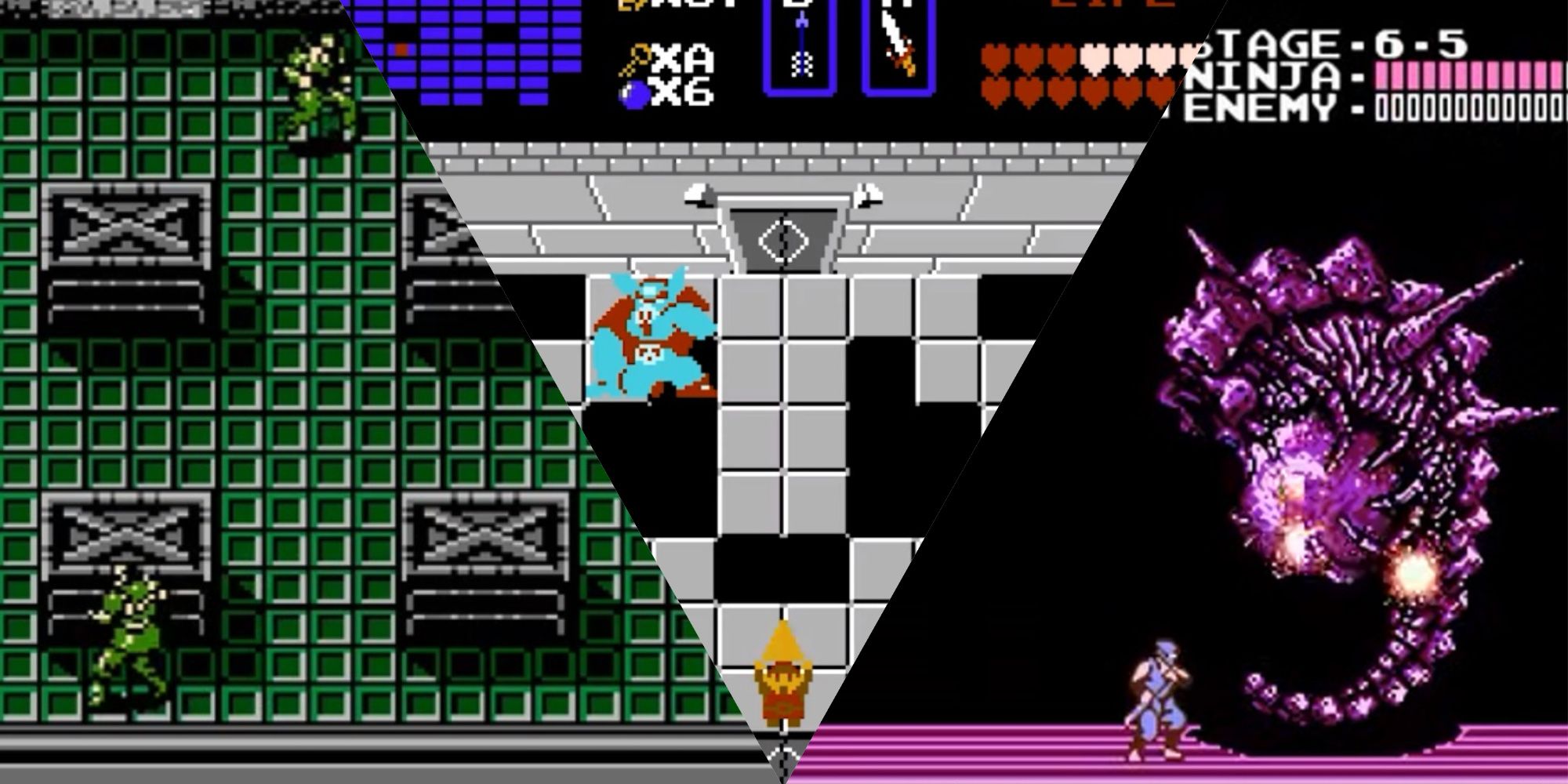
8 Best NES Boss Fights, Ranked
The NES possessed several fantastic boss fights that are still memorable. These were some of the best.
As Capcom was transitioning to the SNES and Sony Playstation, their confidence in Mega Man as their own mascot character was garnered much from his popularity on the NES. Mega Man 6 continued the tried-and-true formula of being able to play any level of the player’s choosing, in order to attain a boss’ ability by defeating them and facilitating further progress in game. Mega Man 6 is a fitting swan song for both the series on the system and the system itself.
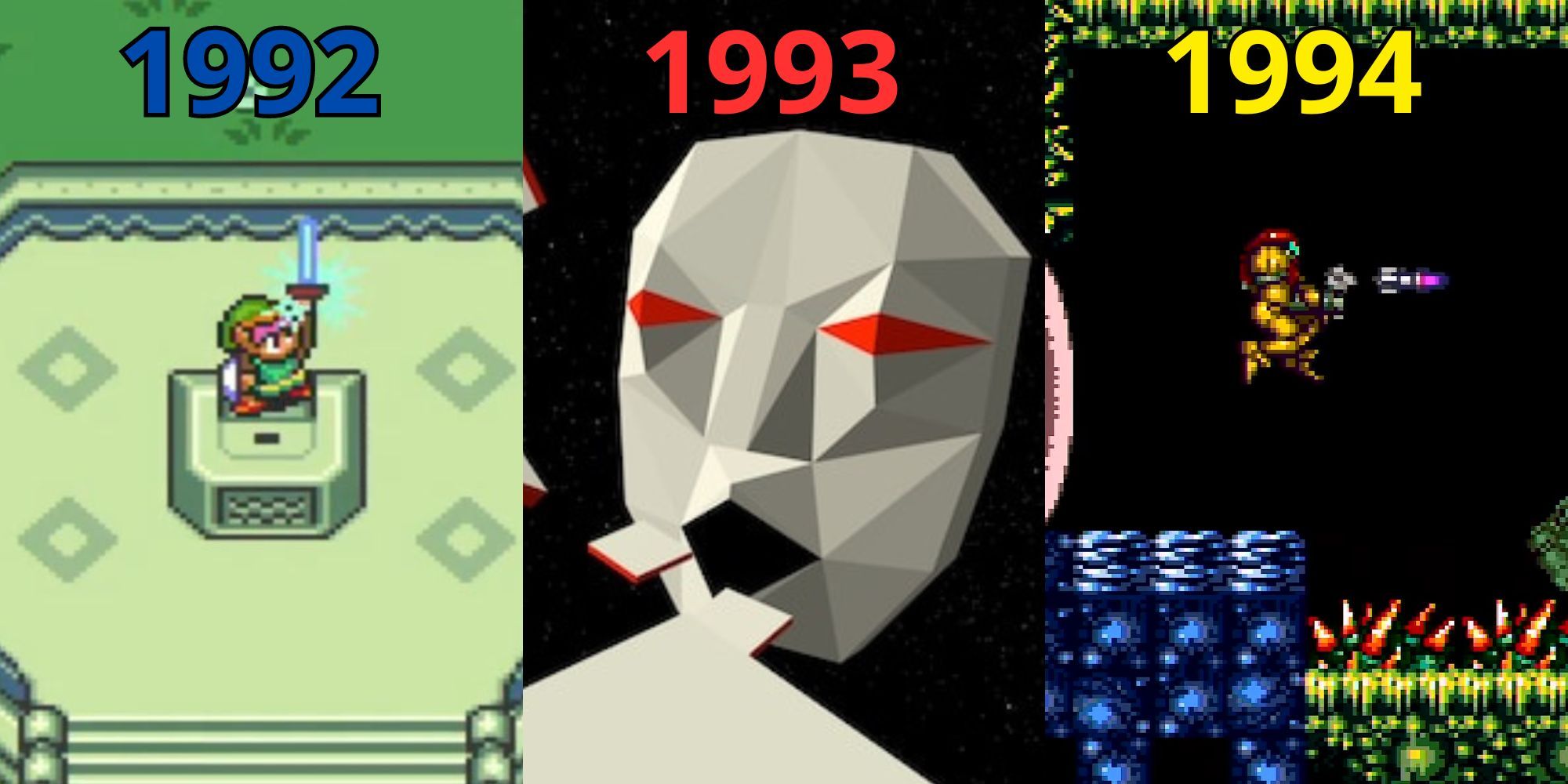
Best SNES Game From Every Year Of The Console’s Life
The SNES kept the momentum going for Nintendo and the gaming industry after the success of the NES. Here are its best games from every year.
-Reviewer-Collage-062024SOURCE-Brenda-Stolyar.jpg)
